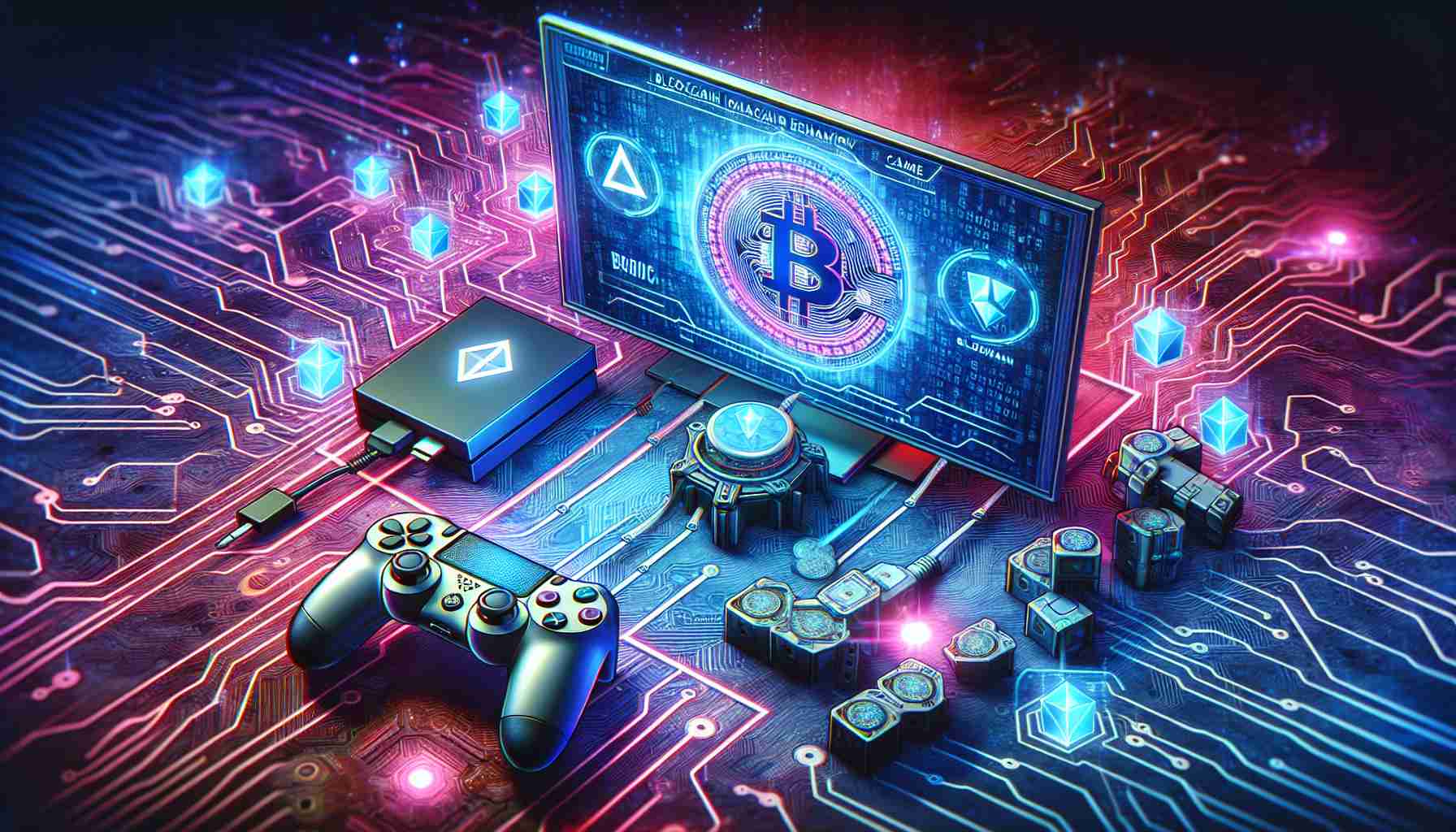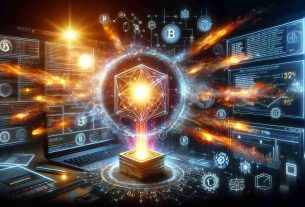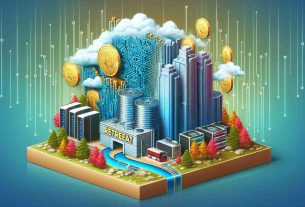The gaming market is experiencing a transformative shift with the advent of blockchain technology. Valued at $4.9 billion in 2022, the blockchain in gaming sector is projected to skyrocket to $818.5 billion by 2032, advancing at a robust CAGR of 66.5%. Blockchain’s introduction to gaming promotes a secure, decentralized experience, reshaping how players engage and benefit from this entertainment form.
A significant driver of this growth is the surge in play-to-earn gaming models, where participants earn monetary rewards or cryptocurrency through gameplay. This novel concept not only injects fun into the gaming ecosystem but also provides a platform for real economic benefit. Game developers are increasingly harnessing blockchain to enhance user experience, offering unique ownership and earnings opportunities through in-game assets.
The rise of Non-Fungible Tokens (NFTs) within the gaming realm cements the idea of true asset ownership, boosting both the NFT and blockchain gaming markets. Traditional gaming is also feeling the influence of blockchain as developers seek innovative methods to enrich gameplay and economic viability. One notable partnership in this arena was between Cubix and Second World, aimed at creating an NFT-based play-to-earn game, reflecting Cubix’s reputation for pioneering in high-tech game development.
Integrations and collaborations flourish, such as Animoca Brands partnering with Binance Smart Chain, tapping into Binance’s blockchain infrastructure to expand the tokenization of gaming assets. These movements suggest a concerted push towards a blockchain-centric gaming future.
Ethereum currently leads the platform race due to its secure and transparent framework for digital gaming assets. However, Polygon is emerging as a fast-growing contender, thanks to its blossoming decentralized gaming platforms and support for cross-chain integrations.
Regionally, Asia-Pacific is poised for the highest growth, spurred by an uptick in cryptocurrency interest and widespread internet and mobile penetration. The establishment of the Asia Blockchain Gaming Alliance and its substantial eco fund is set to propel the market even further.
Lastly, the COVID-19 pandemic illuminated the necessity for secure, decentralized systems like blockchain, while catalyzing the shift towards digital assets and contactless payments – all factors contributing to the exponential growth of blockchain in gaming.
The future of gaming with the integration of blockchain technology heralds significant changes in terms of security, ownership, and the potential for earnings for both players and developers. Below are important questions and answers, along with key advantages and disadvantages, challenges, and controversies associated with the topic.
Important Questions and Answers:
– Q: What impact does blockchain have on gaming security?
– A: Blockchain introduces enhanced security and fraud prevention due to its inherent features like immutability and transparency, which reduce the risk of cheating and hacking.
– Q: How do NFTs change the gaming industry?
– A: NFTs allow for true ownership of in-game assets, which can be bought, sold, or traded on secondary markets, potentially retaining or increasing in value independently of the game.
– Q: What are the potential downsides of play-to-earn models?
– A: Play-to-earn models could incentivize gameplay for financial gain over entertainment, potentially leading to an oversaturated market and destabilizing the normal gaming economy.
Key Challenges and Controversies:
– There is a concern about the environmental impact, as blockchain networks, especially those using Proof of Work (PoW), can be energy-intensive.
– Regulatory uncertainty around cryptocurrencies and NFTs poses a challenge, as laws may not be fully adapted to the new technology.
– The volatility of cryptocurrency could affect the stability of play-to-earn economies and player investment.
Advantages:
– Ensures true digital ownership of in-game assets.
– Offers new ways for players to earn through gaming.
– Enhances transparency and trust within the gaming ecosystem.
– Provides developers with new revenue streams and engagement strategies.
Disadvantages:
– Potential environmental impact of the blockchain networks’ energy consumption.
– Market volatility in crypto and NFT markets can pose a financial risk to players.
– Entry barriers for users unfamiliar with blockchain technology and cryptocurrency.
For more information on blockchain technology and gaming, visit prominent industry-related websites such as Ethereum and Polygon. These resources can offer insights into the technologies that are shaping the future of gaming. Be sure, however, to always verify URLs, as the disallowed use of subpages and the necessity of correctness persists.



